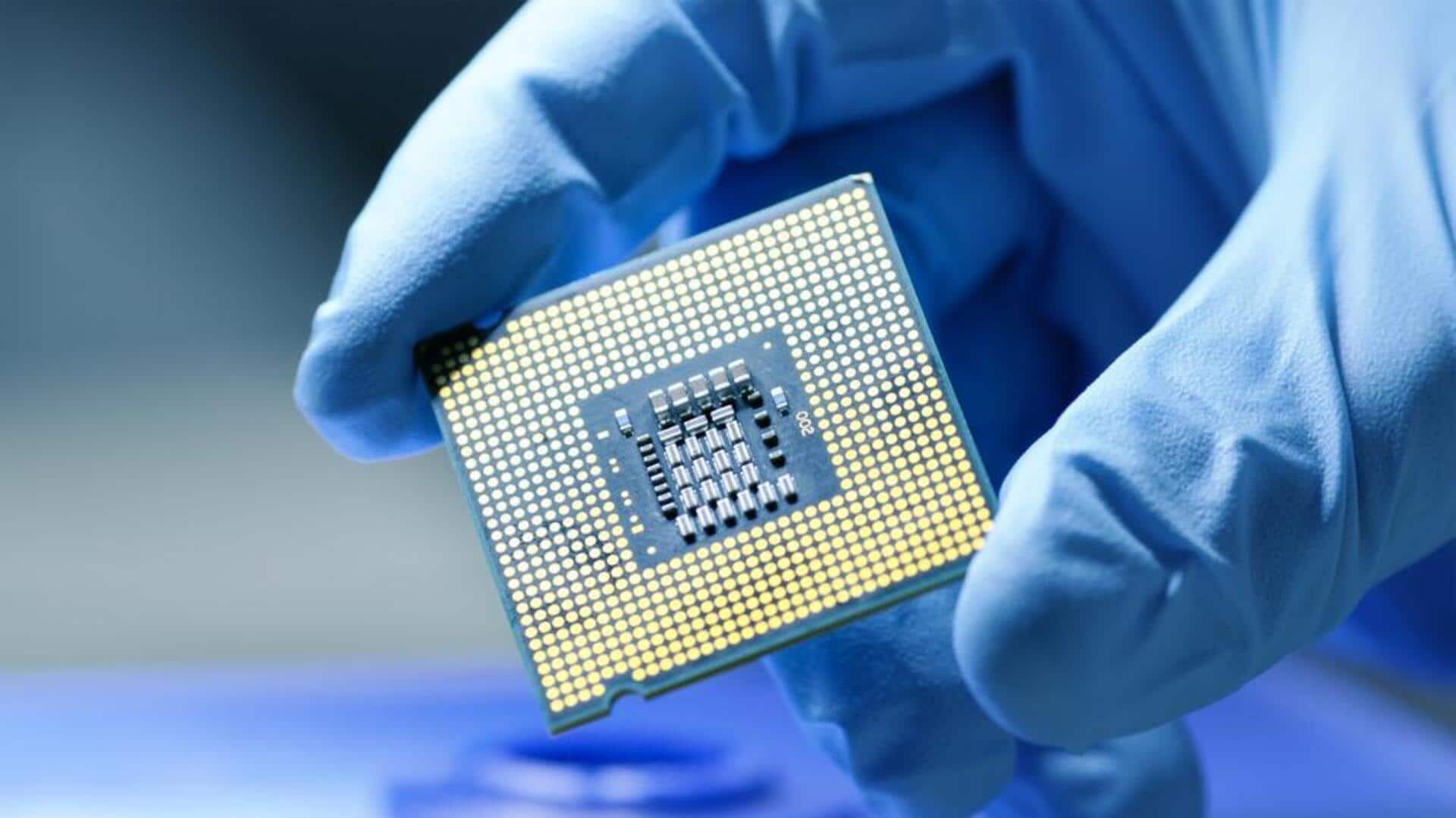
Meet 'Poxiao'—world's fastest flash memory, 100,000x quicker than today's tech
What's the story
Chinese researchers have unveiled "Poxiao," the world's fastest flash memory. The revolutionary tech can erase and rewrite data in just 400 picoseconds, with one picosecond being one trillionth of a second. At present, the prototype can only hold kilobytes of data but its unique design beats current storage speeds by a mind-boggling 100,000 times. The innovation was showcased by scientists from Fudan University and could transform artificial intelligence (AI) computing and data storage.
Technological advancement
It could bridge gap between memory and processing speeds
Poxiao marks a major breakthrough in integrated circuits, solving one of the biggest problems in information storage speed. Current storage systems come with limitations like high power consumption, data loss on power outages, and slower speeds. The Fudan University team wanted to improve flash memory's speed without losing its advantages. This could close the gap between memory and processing speeds, eliminating bottlenecks in AI processing and high-speed data applications.
Working mechanism
How does Poxiao work?
Traditional flash memory employs floating-gate transistors that need a "warm-up" phase before electrons can move efficiently. However, the Fudan research team has developed a novel method called "2D-enhanced hot-carrier injection." This allows electrons to transition instantly from low-speed to high-speed states without any delay. While the current prototype holds only kilobytes of data, researchers believe Poxiao's design could lead to next-generation storage solutions matching AI processing speeds.
Industry impact
Poxiao could reshape semiconductor industry
The breakthrough discovery of Poxiao, published in the journal Nature, is tipped to reshape the semiconductor industry and accelerate advancements in AI-driven computing. Once scaled up for mass integration, it could completely revolutionize existing storage architecture. The research team claims that this innovation could enable AI brains to read and write data as fast as they think.